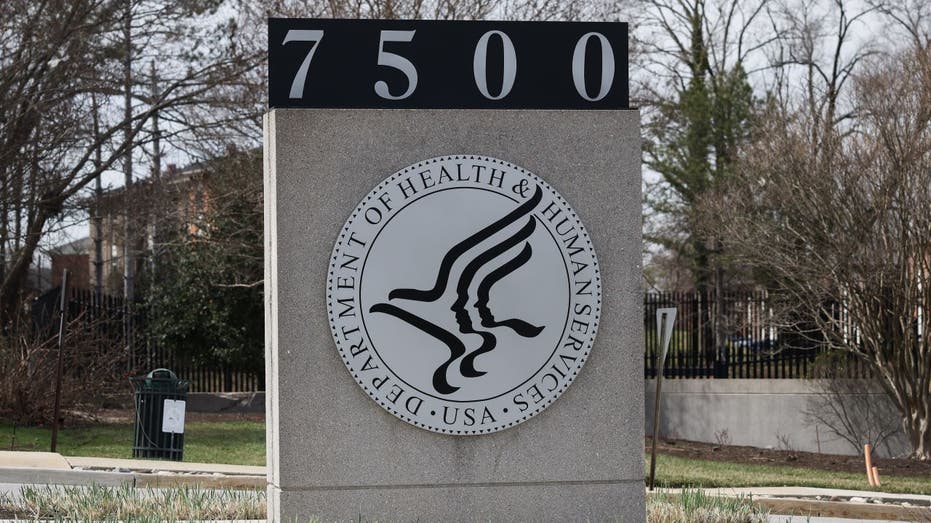The Senate-passed version of the Republicans’ One Big Beautiful Bill Act that’s now under consideration by the House would speed up the insolvency of the trust funds that help finance Social Security and Medicare, according to a new analysis.
Last month, the trustees of the Social Security and Medicare trust funds released a report showing the trust funds are on pace to be depleted in less than a decade, at which time automatic benefit cuts would occur.
Under current law, Social Security’s Old-Age and Survivors Insurance trust fund is on track to be depleted in 2033, while the Disability Insurance trust fund will be funded through at least 2099. If those were combined into a single trust fund, it would be depleted in 2034, when benefits would be cut by 19%. Medicare’s Hospital Insurance trust fund is on pace to be depleted in 2033, causing an 11% benefit cut.
The nonpartisan Committee for a Responsible Federal Budget (CRFB) estimated that the One Big Beautiful Bill Act’s tax policy changes would result in those depletion dates moving up from early 2033 to late 2032 for Social Security’s Old-Age and Survivors Insurance trust fund and from late 2033 to mid-2032 for Medicare’s Hospital Insurance trust fund.
SOCIAL SECURITY TRUST FUND NOW PROJECTED TO RUN DRY IN 2034, TRIGGERING MASSIVE BENEFIT CUTS
The One Big Beautiful Bill Act not only extends tax cuts that are slated to expire at the end of this year, but also expands some existing provisions and creates new tax cuts and deductions.
The Senate version of the bill increases the standard deduction for many senior couples by more than $13,000 (including a temporary $12,000 increase in the additional senior deduction) in 2026 to over $47,000 – which in effect would reduce the number of seniors who pay taxes on their Social Security benefits while also reducing the tax rate applied to some of their benefits.
As a result of those changes and other provisions in the bill, the taxation of Social Security benefits would be about $30 billion per year lower than under current law and speed up the insolvency of those programs.
SOCIAL SECURITY INSOLVENCY COULD SPEED UP WITH ILLEGAL IMMIGRATION CRACKDOWN

Once the OASI trust fund becomes insolvent in 2032, CRFB’s analysis estimates that Social Security benefits would see an automatic, across-the-board cut of around 24% – deeper than the 19% benefit cuts estimated under current law upon the depletion of the OASI and DI trust funds.
For comparison, the average monthly Social Security benefit as of January 2025 was $1,976, according to Social Security Administration (SSA) data. A 24% cut would amount to a reduction of $474 per month, lowering that average benefit payment to $1,502 a month.
CRFB estimates that the depletion of the Medicare Hospital Insurance trust fund would trigger an 11% cut in payments relative to pre-depletion levels.
REPUBLICANS DEFY FISCAL CRITICS TO PUSH THROUGH TRUMP’S SIGNATURE ‘BEAUTIFUL’ TAX CUTS

Last month’s report from the Social Security and Medicare trustees urged Congress to take action to shore up the trust funds and prevent their depletion.
“The Trustees recommend that lawmakers address the projected trust fund shortfalls in a timely way in order to phase in necessary changes gradually and give workers and beneficiaries time to adjust their expectations and behavior,” the report said. “With informed discussion, creative thinking, and timely legislative action, Social Security and Medicare can continue to protect future generations.”
The Social Security and Medicare trust funds are facing depletion due to the aging of America’s population relative to prior decades, as the ratio of workers to retirees has shifted.
Data from the SSA shows the ratio of covered workers paying taxes to the number of beneficiaries was 8.6 workers to beneficiaries as of 1955. That number has declined to 2.8 as of 2013 due to the aging of the population.













